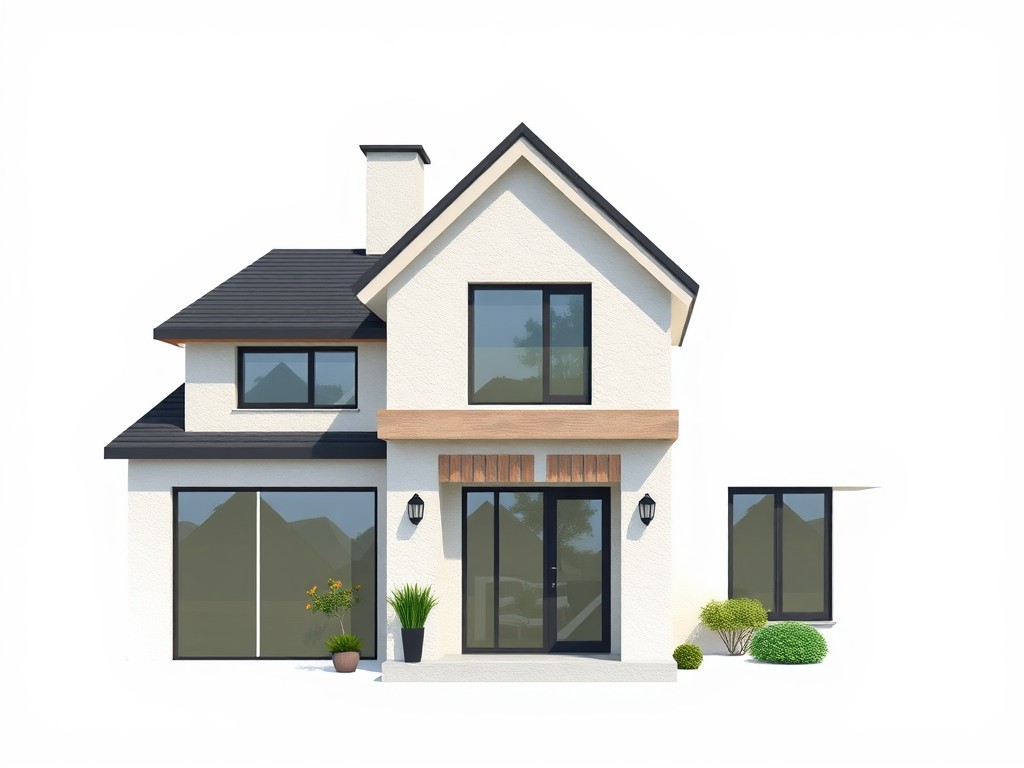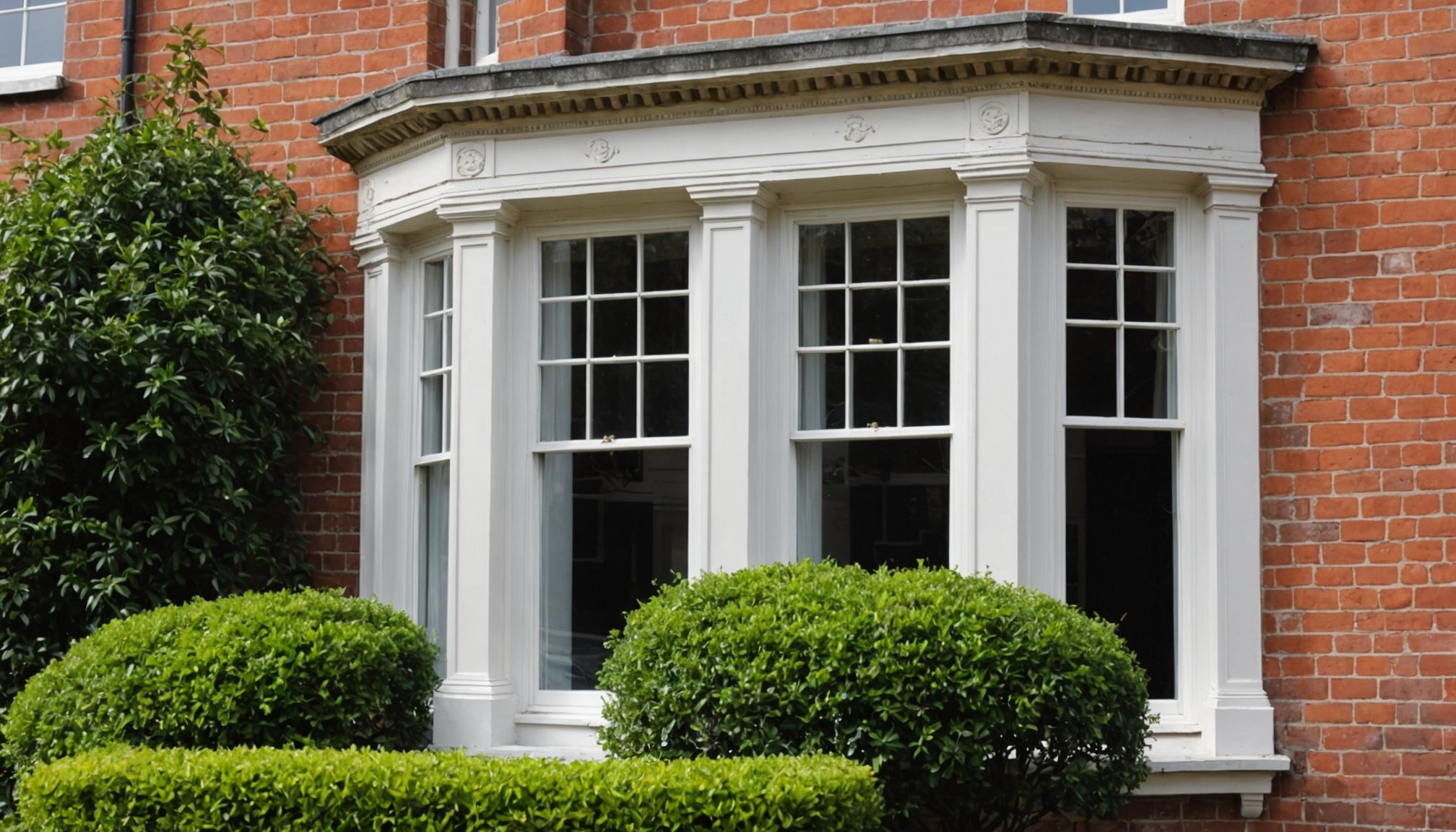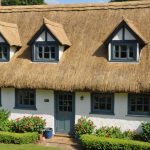Ultimate Guide to Weatherproofing Sash Windows in Period Homes: Expert Tips for UK Homeowners
When it comes to maintaining the charm and integrity of period homes, one of the most critical aspects is the care and upkeep of sash windows. These traditional windows are not only a staple of period design but also play a significant role in the energy efficiency and overall comfort of your home. Here’s a comprehensive guide to help you weatherproof your sash windows, ensuring they remain a beautiful and functional part of your property.
Understanding the Importance of Sash Windows in Period Homes
Sash windows are a defining feature of many period homes, particularly those in the UK. These windows, characterized by their sliding sash mechanism, have been a part of British architecture since the 17th century. They offer a unique aesthetic appeal that is hard to replicate with modern window designs.
Avez-vous vu cela : Essential Components for Crafting a Genuine Coastal Bathroom Inspired by the UK
“Maintaining sash windows is crucial for preserving the historical integrity of period homes,” says Jane Smith, a conservation architect based in London. “Not only do they add to the property’s value, but they also provide a connection to the past that is irreplaceable.”
Identifying Common Issues with Sash Windows
Before diving into the solutions, it’s essential to understand the common issues that can arise with sash windows.
Sujet a lire : Transform your bookshelf into a magical book nook in five steps
Draughts and Heat Loss
One of the most significant problems with traditional sash windows is the presence of draughts and heat loss. Over time, the timber frames can warp or shrink, creating gaps that allow cold air to enter and warm air to escape.
Timber Degradation
Timber sash windows are prone to degradation due to exposure to the elements. Rot, decay, and insect damage can weaken the structure of the window, affecting its functionality and aesthetic appeal.
Lack of Energy Efficiency
Compared to modern double-glazed windows, traditional sash windows often lack in energy efficiency. This can lead to higher energy bills and a less comfortable living environment.
Solutions for Weatherproofing Sash Windows
Draught Proofing
Draught proofing is a cost-effective and non-invasive method to reduce heat loss and eliminate draughts from your sash windows.
- Brush Seals: These are fitted to the sashes and frames to fill gaps and prevent air leakage.
- Weatherstripping: This can be applied to the meeting rails and parting beads to seal any gaps.
- Sash Cords and Pulleys: Ensuring these are in good condition can help maintain the alignment of the sashes, reducing gaps.
Double Glazing
While traditional double glazing might not be suitable for period properties due to conservation regulations, there are alternative solutions:
- Secondary Glazing: Installing a secondary glazing panel on the inside of the existing window can significantly improve energy efficiency without altering the original window.
- Slim Double Glazing: Some manufacturers offer slim double-glazed units that can be fitted into the existing timber frames, providing a more energy-efficient solution while maintaining the traditional look.
Timber Maintenance
Regular maintenance is key to extending the life of your timber sash windows.
- Painting and Varnishing: Regularly painting or varnishing the timber helps protect it from the elements.
- Repairing Rot and Decay: Addressing any signs of rot or decay promptly can prevent further damage.
- Using Durable Materials: When replacing parts, use durable materials that are resistant to rot and insect damage.
Step-by-Step Guide to Weatherproofing Your Sash Windows
Here’s a detailed step-by-step guide to help you weatherproof your sash windows:
Preparation
- Assess the Condition: Inspect your windows for any signs of damage or wear.
- Gather Materials: Depending on the method you choose, you may need brush seals, weatherstripping, paint, varnish, or secondary glazing panels.
Draught Proofing
- Remove Old Paint and Debris: Clean the area around the sashes and frames to ensure a smooth installation.
- Install Brush Seals: Fit the brush seals to the sashes and frames, ensuring they are securely in place.
- Apply Weatherstripping: Apply weatherstripping to the meeting rails and parting beads.
Secondary Glazing
- Measure the Window: Take precise measurements of the window to ensure the secondary glazing panel fits perfectly.
- Install the Panel: Follow the manufacturer’s instructions to install the secondary glazing panel.
- Test for Fit: Ensure the panel fits snugly and does not obstruct the operation of the sash window.
Comparing Different Weatherproofing Methods
Here is a comparative table to help you decide which method is best for your needs:
| Method | Cost | Energy Efficiency | Aesthetic Impact | Maintenance |
|---|---|---|---|---|
| Draught Proofing | Low-Moderate | Moderate | Minimal | Low |
| Secondary Glazing | Moderate-High | High | Minimal | Moderate |
| Slim Double Glazing | High | Very High | Minimal | Low |
| Timber Maintenance | Low-Moderate | Low | None | High |
Case Study: A Successful Weatherproofing Project in London
A recent project in a Victorian home in London highlights the effectiveness of these methods. The homeowner, Mr. Johnson, was facing significant heat loss and draughts from his traditional sash windows.
“We decided to go with a combination of draught proofing and secondary glazing,” Mr. Johnson explained. “The results were astonishing. Not only did our energy bills decrease, but the house felt much warmer and more comfortable.”
Practical Insights and Actionable Advice
- Consult Professionals: If you are unsure about any aspect of the process, it is always best to consult with professionals who specialize in period property maintenance.
- Use High-Quality Materials: Investing in high-quality materials will ensure that your weatherproofing efforts last longer.
- Regular Maintenance: Regular maintenance is crucial to the longevity of your sash windows. Set aside time each year to inspect and maintain your windows.
Weatherproofing your sash windows is a vital step in maintaining the integrity and energy efficiency of your period home. By understanding the common issues, selecting the right solutions, and following a step-by-step guide, you can ensure your windows continue to be a beautiful and functional part of your property.
As Jane Smith, the conservation architect, puts it, “With the right care and attention, sash windows can continue to be a proud feature of period homes for generations to come.”
By following this ultimate guide, you’ll be well on your way to preserving the charm and efficiency of your sash windows, ensuring your home remains warm, comfortable, and full of character.
Cost Considerations
When planning for home weatherproofing, it’s essential to consider various cost factors. Understanding these factors can help you make informed decisions while budgeting for weatherproofing costs, aiming for potential savings in the long run.
Estimating Material Costs
The first step in estimating material costs involves researching the types of materials you’ll need. Prices can vary significantly based on quality and durability. For example, high-end sealants may offer better protection but at a higher cost. It’s vital to balance quality with affordability to ensure effective weatherproofing.
DIY vs. Professional Services
Choosing between DIY or professional services is another critical aspect. DIY weatherproofing might save on labor costs initially. However, without the right expertise, there may be a risk of errors leading to higher expenses over time. Professional services, though more costly upfront, provide expertise and assurance of quality, possibly preventing issues that DIY efforts might encounter.
Long-Term Savings on Energy Bills
Weatherproofing can notably reduce energy bills over time. This results in a breakdown of the initial investment versus long-term savings. Initial costs might seem substantial, but the reduction in heating and cooling expenses offers a favorable return on investment. Factors such as climate, home size, and the quality of weatherproofing materials will influence the overall cost-effectiveness of the weatherproofing efforts.











